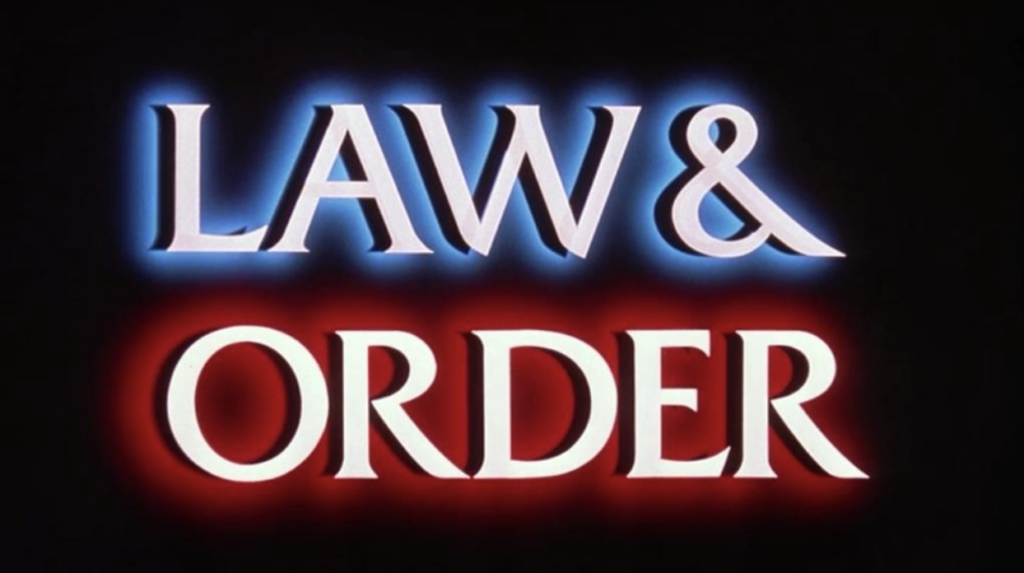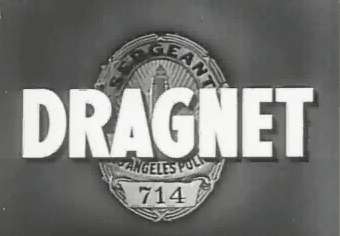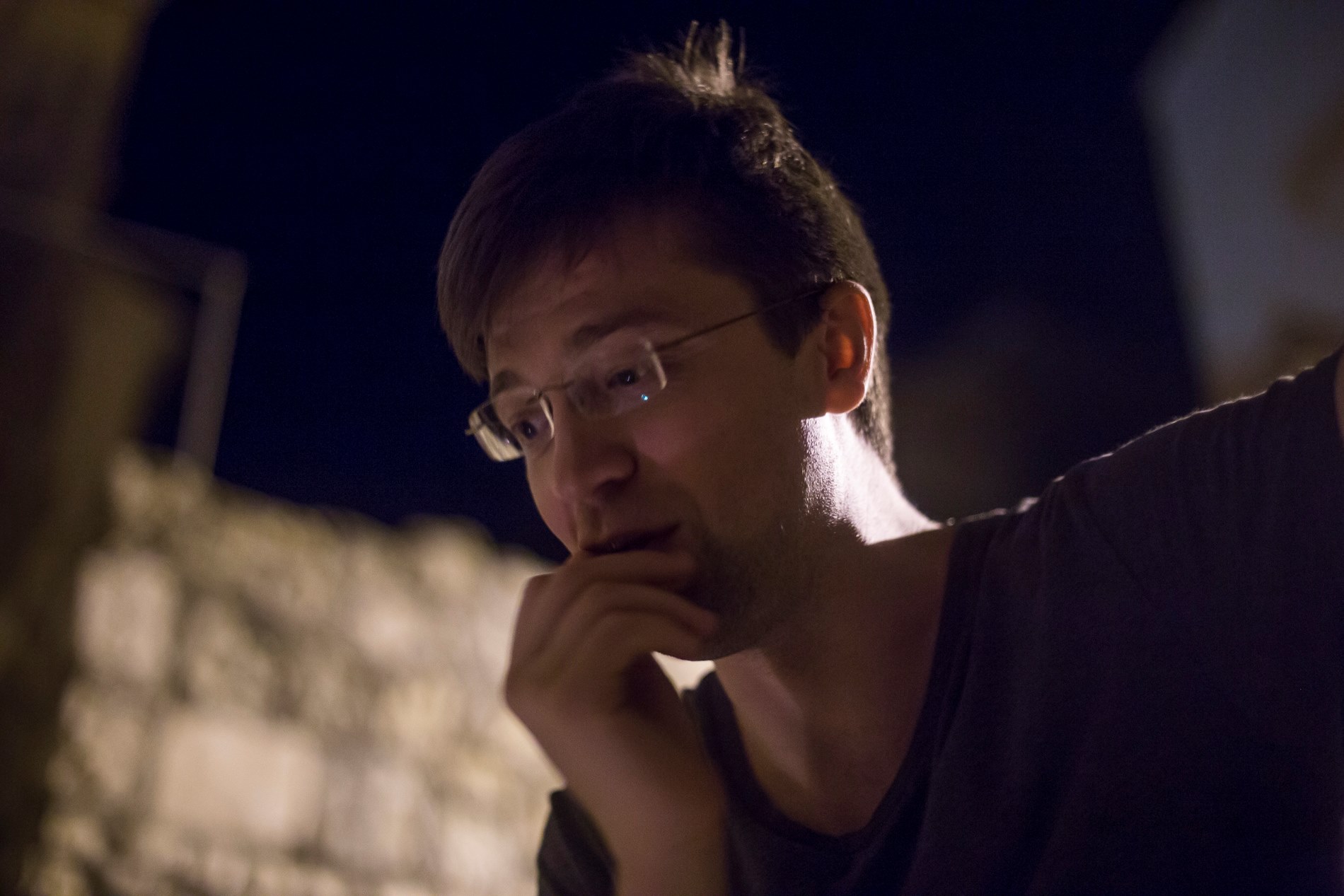By Mario Slugan

When I originally agreed to revisit my article closer to the date of its publication with a tie-in blog and knowing that it could take some time between the article’s acceptance and its appearance, I was concerned that my theoretical intervention into the discussion of fiction in screen studies and the survey of the field might already be obsolete. What if in the meantime film scholars extensively addressed my main concern that our discipline simply assumes that fiction has real-life effects without problematizing the fact that fiction is generally understood as something that we should not believe in? One option I was pondering was to update the literature review citing backlogs as excuses for a pedestrian blog entry and an outdated article. Another strategy was to insist that a number of challenges to the discipline that I identified still apply and that it is a good thing that these have slowly started to be met. Contrary to my concerns, now almost two years since the piece has originally been accepted there is still no English translation of Roger Odin’s De la fiction (although his Les espaces de communication has just appeared). No detailed discussions of fiction in screen studies other than a special issue of Studies in Documentary Film (“The Fiction/Nonfiction Distinction: Documentary Studies and Analytic Aesthetics in Conversation”) co-edited by Enrico Terrone and myself has appeared in the meantime either. (By contrast, philosophers including Catharine Abell, Gregory Currie, Jonathan Gilmore, and Stefano Predelli have continued publishing important comprehensive monographs on the subject, prompting a special issue of the British Journal of Aesthetics on fiction staging a symposium on these works.)
As I am writing this, I am of two minds on these developments — or, better yet, lack thereof — in screen studies. On the one hand, this is a happy turn of events for both the topicality of my article and, hopefully, the enjoyability of this short take. At the same time, I am saddened to see that the investigation of fiction remains so uninspiring for my disciplinary colleagues. What is particularly surprising is that when talking about the real-life effect of fictions it is John Oliver of all people who seems to take more care to address the fiction aspect of this potential impact than film scholars.
In a recent installment of Last Week Tonight With John Oliver (Season 9, Episode 22) the American-British comedian tackles what he refers to as the considerable impact of the Law & Order franchise on American people’s real-life understanding of and beliefs about the American police and judicial system. Oliver supports the claim with a quote from the Criminal Justice and Behavior journal which found that “viewers of crime dramas are more likely to believe the police are successful at lowering crime, use force only when necessary and that misconduct does not typically last to false confessions” (Donovan and Klahm 2015: 1261). Among other things, he also cites various news reports and interviews according to which some police departments have used episodes of Law & Order: Special Victims Unit to train their staff in handling cases of sexual violence and in which victims of sexual abuse convey their dismay at how painfully different the actual New York Police Department’s sex crime division is from the one depicted on the show. Oliver’s overarching point is that while the Law & Order franchise often gets many details right (specific laws and procedures) it gets the larger picture wrong insofar as it depicts a well-functioning justice system which is in actuality riddled with flaws (e.g., police is depicted as caring and committed with incredibly high case closure record belied by the actual NYPD’s track record; use of police force during interrogation comes across as justified in securing rightful convictions when they often lead to false confessions; defense attorneys are presented as an impediment to society rather than as an integral part of civil rights; trials are presented as common occurrences whereas 97% of all cases end in plea deals before the trial eve begins). Put succinctly, Law & Order instils false beliefs about the American legal system into the American public.
Unlike film scholars, Oliver demonstrates far more care when discussing the relationship between fiction and real-life beliefs by addressing evidence for the link, explanation behind it, and the difference between fiction and non-fiction.

The point here is not to re-rehearse my argument against this instance of ideology critique and point out, say, that most of Oliver’s evidence about the real-life effects of the fictional franchise is anecdotal or that he cites only one media effects study. For this I would invite the reader to consult my article. Rather, the point is that, unlike film scholars, Oliver demonstrates far more care when discussing the relationship between fiction and real-life beliefs by addressing evidence for the link, explanation behind it, and the difference between fiction and non-fiction.
First, Oliver does not simply assume that fictions have real-life belief effects but takes time to evince this empirically with recourse to both media psychology and self-reports. In other words, he rightfully thinks that the effects of fiction on real-life beliefs must be empirically evinced in one way or another. (We might disagree whether this counts as good evidence but already this is a far cry from how ideology critique is commonly justified in screen studies).
Second, Oliver even hazards an explanation of why there would be effects if, after all, fiction is implicitly understood as something that we should not take to be true. In the case of Law & Order, it is because the show capitalizes on a long history of police TV dramas deliberately (and falsely) claiming verisimilitude. Since at least the original installment of Dragnet (1951-1959), many police procedurals have used promotional strategies and actual ties with respective police departments depicted to present themselves as essentially faithful representations of police and justice system. The idea, then, seems to be there needs to be a more or less explicit claim to verisimilitude for fiction to have real-life effects on beliefs.

Third, Oliver repeatedly reminds us that Law & Order is fiction and not a documentary or a news report. That is why in his later episode Crime Reporting (Season 9, Episode 25) which tackles sensationalist coverage of crime, he needs not spend time on why news would have effects on real-life beliefs (their claim to truth is obvious). In other words, Oliver provides a caveat implying that critical viewing – one which recognizes Law & Order for the fiction that it is – would have far less real-life effects than would non-critical viewing. Film scholars undertaking this form of ideology critique, by contrast, write as though there is no difference between fiction and documentary/news and as though spectators are necessarily gullible without any critical viewing skills at their disposal.
In short then, Oliver appears to be a far more nuanced advocate of the idea that popular fictions influence real-life beliefs than film scholars. Surely, we can do better than that.
Read Mario Slugan’s article “Fiction as a challenge to text-oriented film studies” in New Review of Film and Television Studies.
References
Abell, Catharine. Fiction: A Philosophical Analysis. Oxford: Oxford University Press, 2020.
Atencia-Linares, Paloma and Derek Matravers, eds. 2022. “Special Issue on Fiction.” The British Journal of Aesthetics 62 (2).
Currie, Gregory. 2020. Imagining and Knowing: The Shape of Fiction. Oxford: Oxford University Press.
Gilmore, Jonathan. 2020. Apt Imaginings: Feelings for Fictions and Other Creatures of the Mind. Oxford: Oxford University Press.
Odin, Roger. 2000. De la fiction. Brussels: De boeck université.
Odin, Roger. 2011. Les espaces de communication. Grenoble: Presses Universitaires de Grenoble.
Odin, Roger. 2021. Spaces of Communication: Elements of Semio-Pragmatics. Amsterdam: Amsterdam University Press.
Predelli, Stefano. 2020. Fictional Discourse: A Radical Fictionalist Semantics. Oxford: Oxford University Press.
Slugan, Mario and Enrico Terrone, eds. 2021. “The Fiction/Nonfiction Distinction: Documentary Studies and Analytic Aesthetics in Conversation”. Studies in Documentary Film 15 (2).

